I wanted to dismiss Amazon Go as another Jeff Bezos attention play. But I was wrong. This is MZ Generation Horny Sistersthe shopping experience we’ve all been waiting for. Amazon is the most important retailer in the country, and when it tries to transform how we shop and receive products, people listen. Ilisten.
When Amazon CEO Jeff Bezos went on 60 Minutesa few years ago to unveil his plans for drone delivery, I had a million questions and almost zero faith that they would ever make it happen. Delivery drones like Amazon's proposed Prime Air must be fairly large, they’re loud and, in most neighborhoods, will always feel invasive. And the FAA is never going to cooperate. Delivery of one product by drone isn’t even particularly efficient. If nothing else, Amazon is an incredibly efficient product delivery service. I can order five products this morning and receive some or all of them within 48 hours (and sometimes sooner).
SEE ALSO: IBM predicted Amazon Go back in 2006Amazon Go, though, is a retail experience of a different color. It relies on several pretty well-understood technologies that have already migrated into public consciousness and use: computer vision, deep learning algorithms, and sensor fusion. Okay, that last one may be a bit less familiar -- Amazon describes it as similar to what you’d find in self-driving cars, where data from several different sensors is considered before the system draws a conclusion about what's actually happening.
Amazon Go marries knowledge of store shelf activity with live information of every shopper in the store.
The whole thing reminded me of a shopping technology I saw at CES 2013. Like Amazon Go, Shopperperception (yes, the name was awful), used 3D imaging (this time from PrimeSense, now owned by Apple) to observe consumers as they looked at store shelves, perused products and even picked some up. It was intended as a tool for retailers, to help them better understand and programmatically measure consumer interest in specific products. It knew when you plucked a box of Kellogg’s Corn Flakes off the shelf and then put them back.
Amazon’s solution takes this core idea much further. Amazon Go marries knowledge of store shelf activity with live information of every shopper in the store. It starts with the smartphone app, which customers use to check in as they walk in and, very likely, beacon technology to know exactly who is standing in front on which store shelves. So a sensor watches exactly which products are taken while the beacon notes who grabbed the product.
I know that some are worried about the loss of human interaction both at store counters and at checkout, but seriously -- how many of us still shop in local food stores? Our neighborhoods are filled with large supermarkets staffed with mostly pimpled teenagers. They barely glance up as they wordlessly scan item after item. If something doesn’t scan on the first pass, they keep doing it until it reads, while you look on in frustration. The last thing the cashier wants to do is call for a price.
What, exactly, is so wonderful about these human interactions?
The goal of going to the supermarket is to quickly get all the groceries you need. If it’s a cartful, you know you still have to unpack the whole cart to check out. Even if it’s self-checkout, there’s that two-step process. Amazon Go is promising just one: grab-and-go.
Someone mentioned that Amazon Go is a brick-and-mortar play. Even if the company does build 2,000 stores, that’s not the play (I'm betting we get more like a 100 in 2017). Amazon’s interest has been and always will be customer data. The more it can collect, the better it can know you and anticipate your needs. The more you shop at Amazon Go, the more Amazon will understand your weekly grocery cadence. Eventually, Amazon’s Alexa digital assistant will be telling you when you need milk, butter, sugar and even suggesting full weekly meal plans based on past purchases.
The other reason Amazon might be interested in building all those stores is that stocking and delivering food is harder than the books, back scratchers and Blu-rays Amazon typically sells. With groceries, inventory is perishable, and overstocking can lead to huge loss. Storing groceries is also more expensive (all that refrigeration). Distributing it to stores where you pick up the product and help them manage inventories in real-time makes more sense for a food-service.
For similar reasons, grocery shopping is one area where many customers prefer to go to a store instead of ordering online. As good as services like FreshDirect have gotten, you still can't view a picture of the actualpork chops (or cheese, or asparagus, etc.) you're buying, and even if you could, you can't smell it or feel the texture. These things matter to many food shoppers, which is why there will always be a significant number who will never order groceries online.
In the space of 24 hours, I’ve gone from deriding Amazon’s big grocery play to realizing that this may be Amazon’s best consumer idea yet. It’ll be a game-changer for them and a life-saver for us. Bring it on and, please, leave drone delivery behind.
Topics Amazon
 Best Garmin deal: Save over $100 on Garmin Forerunner 955
Best Garmin deal: Save over $100 on Garmin Forerunner 955
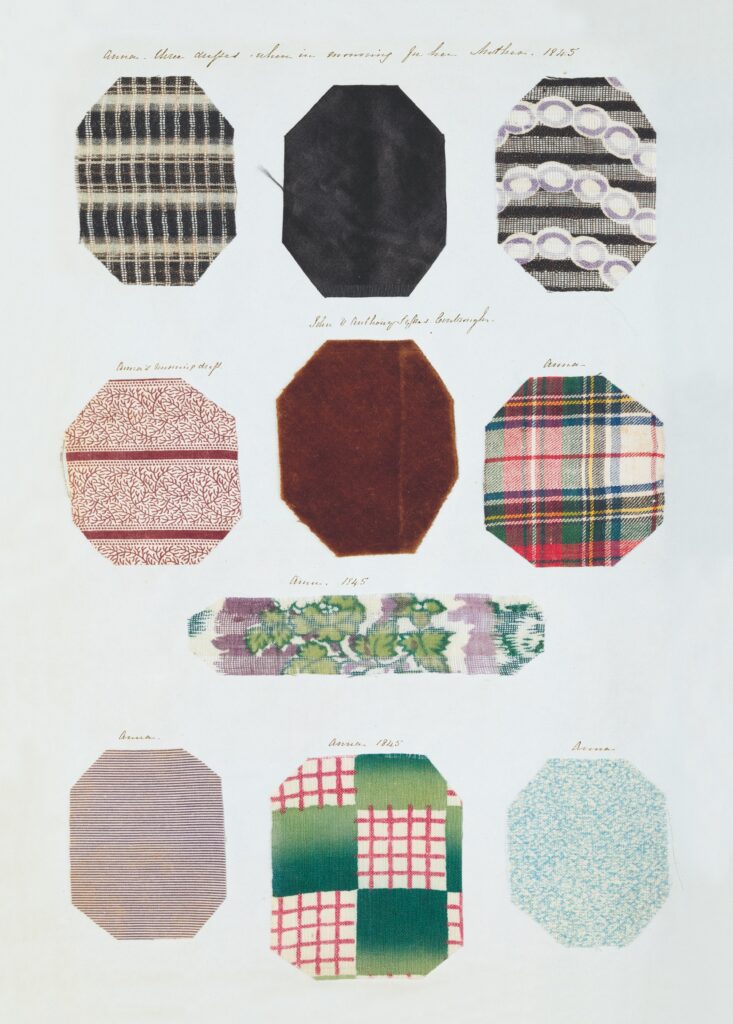 The Dress Diary of Mrs. Anne Sykes by Kate Strasdin
The Dress Diary of Mrs. Anne Sykes by Kate Strasdin
 Nancy Lemann Recommends The Palace Papers and Loyola’s Spiritual Exercises by Nancy Lemann
Nancy Lemann Recommends The Palace Papers and Loyola’s Spiritual Exercises by Nancy Lemann
 The Bible and Poetry by Michael Edwards
The Bible and Poetry by Michael Edwards
 Robin Triumphant
Robin Triumphant
 August 27–September 4: What the Review’s Staff Is Doing Next Week by The Paris Review
August 27–September 4: What the Review’s Staff Is Doing Next Week by The Paris Review
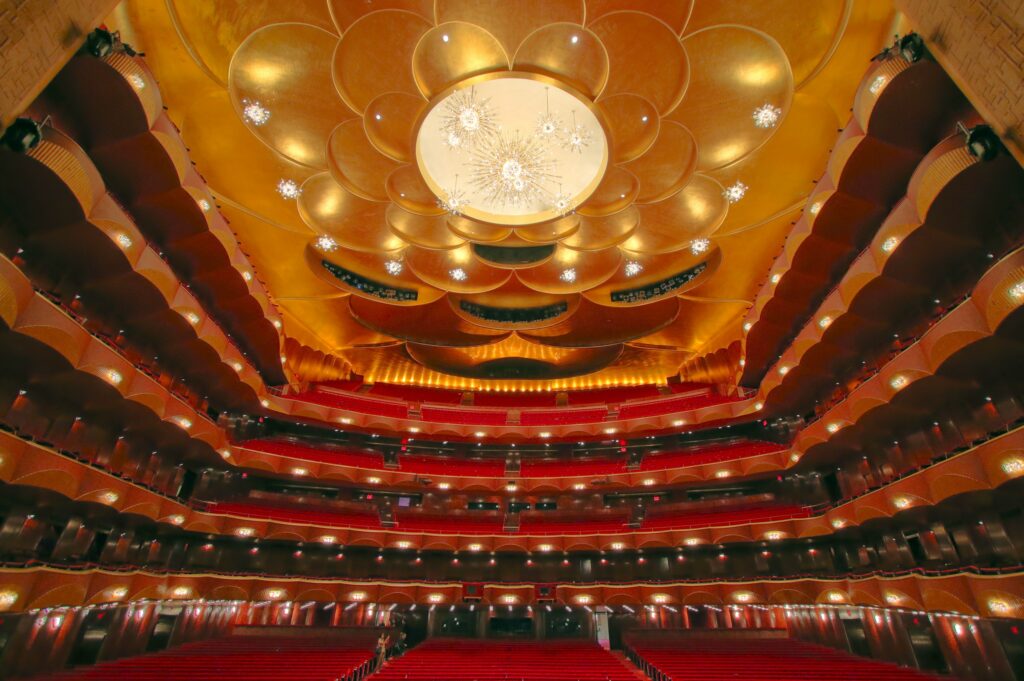 Opera Week by Sophie Haigney
Opera Week by Sophie Haigney
 Mozart in Motion by Patrick Mackie
Mozart in Motion by Patrick Mackie
 On Friendship: Juliana Leite and Devon Geyelin Recommend by The Paris Review
On Friendship: Juliana Leite and Devon Geyelin Recommend by The Paris Review
 Ireland fines TikTok $600 million for sharing user data with China
Ireland fines TikTok $600 million for sharing user data with China
 The Green and the Gold by Helen Longstreth
The Green and the Gold by Helen Longstreth
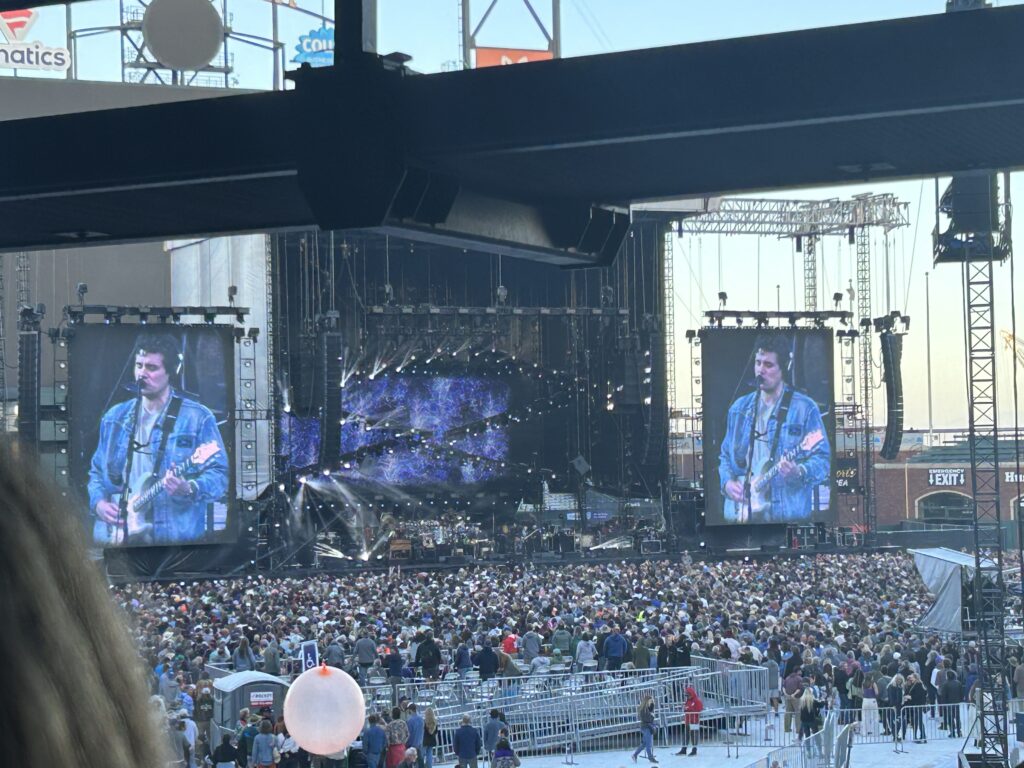 The Final Dead Shows: Part One by Sophie Haigney
The Final Dead Shows: Part One by Sophie Haigney
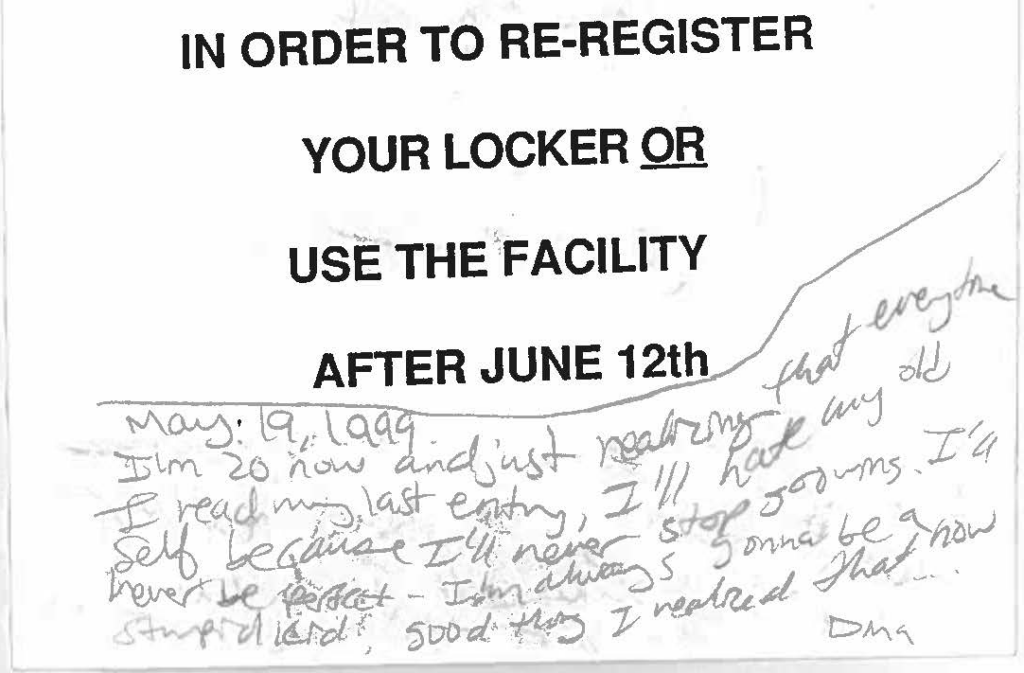 Diary, 1994–1999 by Dina Nayeri
Diary, 1994–1999 by Dina Nayeri
 Stablecoin bill advances in U.S. Senate as Trump critics call to end his crypto dealings
Stablecoin bill advances in U.S. Senate as Trump critics call to end his crypto dealings
 Head Studies: A Conversation with Jameson Green by Camille Jacobson
Head Studies: A Conversation with Jameson Green by Camille Jacobson
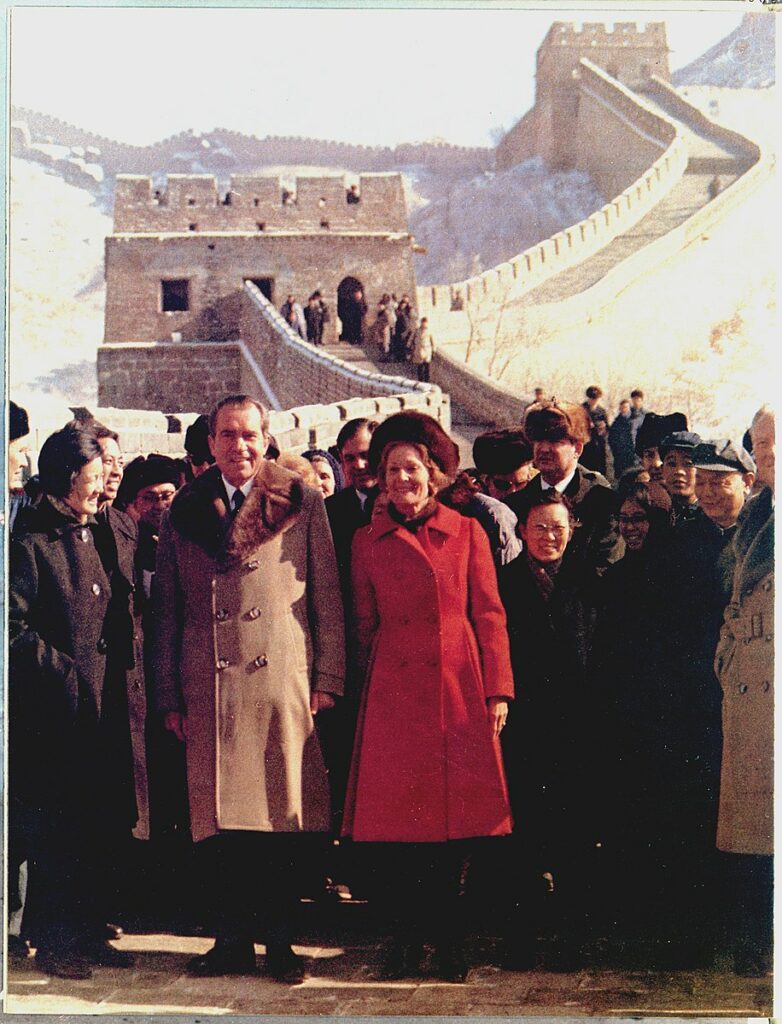 Americans Abroad by Andrew Martin
Americans Abroad by Andrew Martin
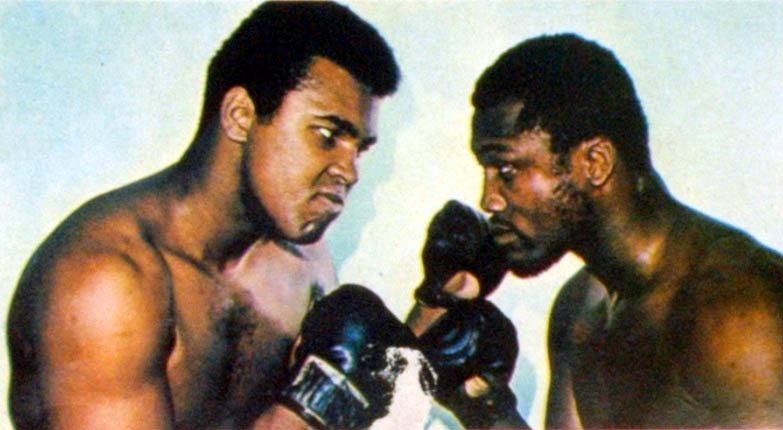 Nam Le and Nancy Lemann Recommend by The Paris Review
Nam Le and Nancy Lemann Recommend by The Paris Review
Polaroid's new $200 Moto Mod turns your phone into an instant cameraStove Top created stuffing pants to solve your Thanksgiving strugglesMakeApp's makeup removing app makes your selfies look worseThese Xbox Christmas ornaments are adorable, if you can get your hands on oneDonald Trump Jr. tweeted his DMs with WikileaksNASA releases wondrous aerial photos of giant new Antarctic icebergSarah Silverman's 'I Love You, America' wants the country to hug it outYour AirPods case has a hidden powerShanghai marathoners can plug in their data to produce 3D run graphShanghai marathoners can plug in their data to produce 3D run graphApple faces government investigation over patent infringement complaintSwedish soccer players totally demolish set on live TV after qualifying for World CupYour commute just turned into a workout session on this trainGameStop temporarily halts the new PowerPass rental subscriptionsSwedish soccer players totally demolish set on live TV after qualifying for World CupCould the mince pie flat white be the British PSL? I bloody hope notThe sportsSarah Silverman's 'I Love You, America' wants the country to hug it outAre Touch ID and Face ID a match for dead bodies? Experts disagree.MakeApp's makeup removing app makes your selfies look worse Line adds snowflakes after Tokyo's first early snowfall in 54 years Obama's final Thanksgiving message is a touching tribute to his daughters Spectacles newest surprise Snapbot pops up in Florida Here's Steven Seagal picking up his Russian passport from Vladimir Putin Reddit CEO confesses to editing comments from Trump supporters Selena Gomez breaks social media silence with heartfelt Instagram post 'Bruce' is the darkly funny web series taking on Australia's convict past India stops exchanging old notes, here's what to do with them now Someone renamed NYC's Trump Tower 'Dump Tower' on Google Maps UK women rally to support Planned Parenthood in a post Unusual brunch suggestion is causing widespread rage in Britain Former Cuban leader Fidel Castro dead at 90 'First Alien: Covenant' poster is unexpectedly chilling Grandma's wrong number Thanksgiving invitation ends in the best way possible 16 incredible gifts that give back this holiday season Nelly attempts to explain the iconic Excel spreadsheet texting in 'Dilemma' Political satirist arrested again for criticising the Malaysian government Heir to Sex Pistols memorabilia has burned $6 million in archival treasure Florence Henderson, beloved mom from 'The Brady Bunch,' dies Murderous K
1.8341s , 10131.5859375 kb
Copyright © 2025 Powered by 【MZ Generation Horny Sisters】,Co-creation Information Network